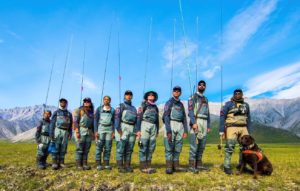by David Raskin, Friends Board President
The Secretary of Interior nominated Acting Director Martha Williams to be Director of the U.S. Fish and Wildlife Service (USFWS). We expect that she will be a strong supporter of the Refuges. We have no word on the possible successor to Regional Director Greg Siekaniec. Acting Regional Director is Karen Clark Cogswell.
Arctic National Wildlife Refuge
The Budget Reconciliation bill includes repeal of the Arctic National Wildlife Refuge oil and gas program and a buy-back of all existing leases. The text of the current House bill: Section 20001 of Public Law 115–97 is repealed, and any leases issued pursuant to section 20001 of Public Law 115–97 are hereby cancelled, and all payments related to the leases shall be returned to the lessee(s) within 30 days of enactment of this section.
The reconciliation bill has been repeatedly delayed due to negotiations with conservative senators and representatives over their objections about its size and timing and is expected to be taken up by the full House early this month.
The threat to the Coastal Plain concerning the SF 299 application by Kaktovik Inupiat Corporation (KIC) for a winter right-of-way across the tundra in a wilderness study area continues. The USFWS review of their application determined that KIC must provide additional information to complete their application. There was a 30-day period for review of an updated application, but we have not heard anything from USFWS. The significance of this effort by KIC is related to the Izembek application for a similar inholding right-of-way. Both claims of a surrounded inholding without access ignore the facts that Kaktovik and King Cove have marine access and other options. If these questionable gambits succeed, it will make that process available for similar claims in other refuges and possibly all federal conservation units. That would be a disaster for all national conservation lands.
The report from the contractor hired to evaluate Kaktovik’s claim of historical vehicle use for subsistence activities in the Arctic Refuge tundra, including wilderness study areas, is scheduled to be completed in December.
Izembek National Wildlife Refuge
There has been no word from the Court since oral arguments were held before the Ninth Circuit Court of Appeals on August 4 concerning the defendants’ appeal of our second successful lawsuit that stopped the illegal land transfer for the proposed road. Since Secretary Haaland postponed her trip due to concerns about the high level of Covid-19 infections in Alaska, we have not heard how this might influence the Court’s decision regarding a possible stay of the proceedings. None of the parties asked for a stay, so we await further word from the Court. The State appealed the decision by U.S. Fish and Wildlife Service (USFWS) that denied the use of helicopters for the Special Use Permits for activities in designated Wilderness. No final decision has been announced by the USFWS Acting Regional Director in Anchorage, but we expect that the appeal will be denied.
Alaska Maritime National Wildlife Refuge
The Bureau of Ocean Energy Management (BOEM) issued a Draft Environmental Statement (DEIS) for a Lower Cook Inlet oil and gas development lease sale of approximately 1.09 million acres of seafloor from Kalgin Island in the north to Augustine Island in the south. The proposed developments would create drilling platforms, underwater pipelines, and greatly increased industrial transportation in Lower Cook Inlet and pose a high risk of oil spills which could seriously impact lands and wildlife in the Maritime Refuge. BOEM will hold virtual public hearings November 16, 17, and 18 and a public comment period which closes December 13. You can register to testify and provide written comments at: boem.gov/ak258. Click HERE for more information.
Other Refuges
We have no significant updates on Kenai Refuge regulations, Yukon Flats Refuge oil exploration in Doyon inholdings, the Mulchatna caribou herd and possible predator control in Yukon Delta and Togiak Refuges, and the BLM Central Yukon Plan
Sturgeon Decision
We are unaware of further action following the Supreme Court decision in Sturgeon v. Frost, 139 S. Ct. (1066) 2019. Based on this ruling and Alaska National Interest Lands Conservation Act (ANILCA) Sec. 103, the State of Alaska asserted primary jurisdiction over navigable waters on federal lands in Alaska.
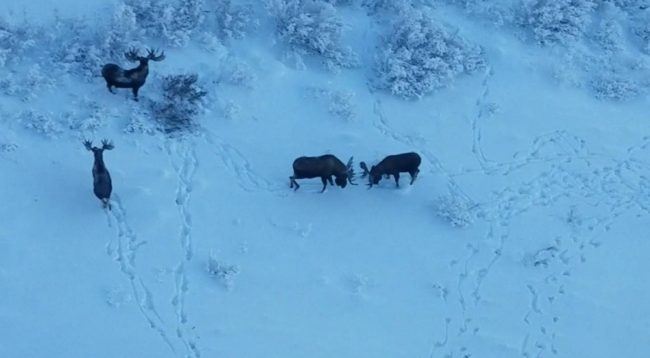
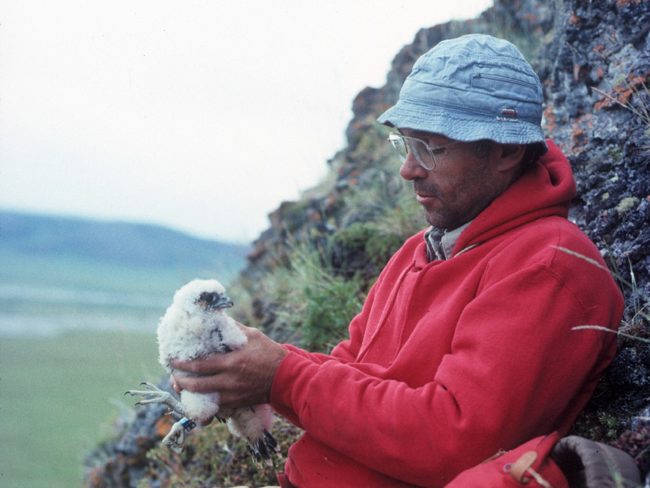
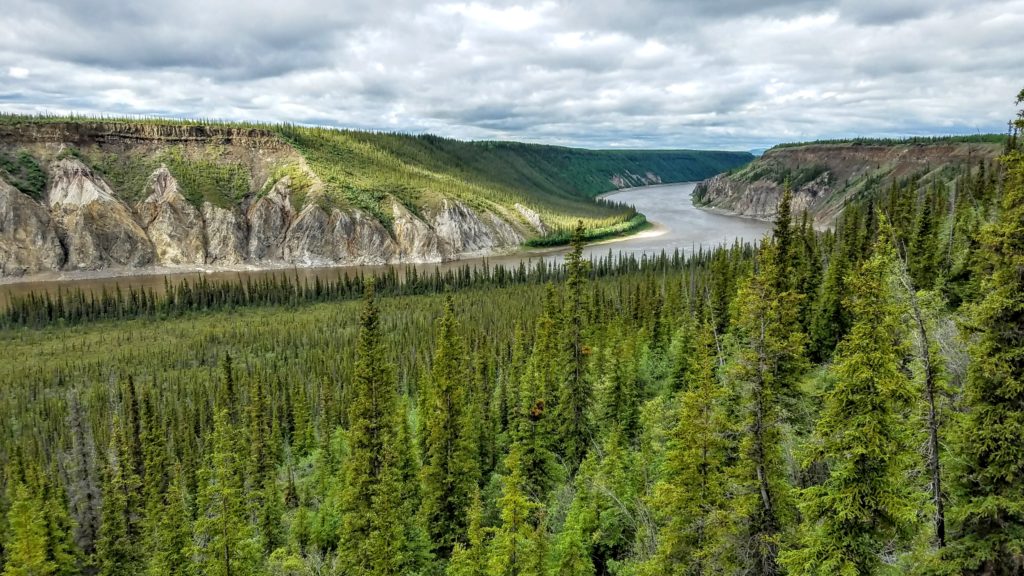
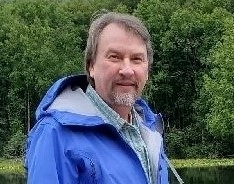
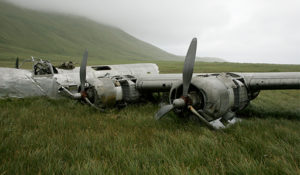

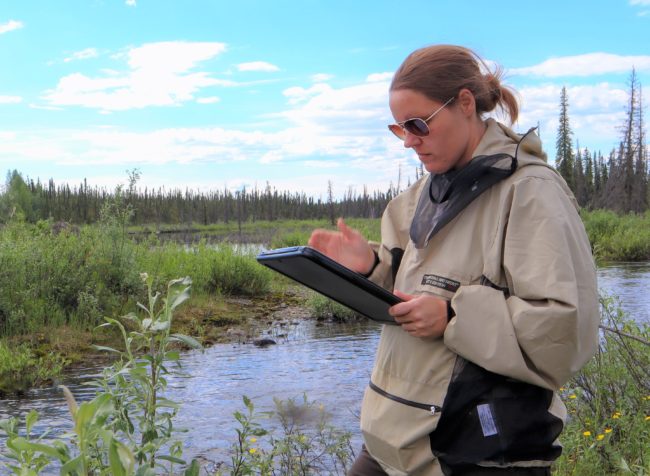



 .
.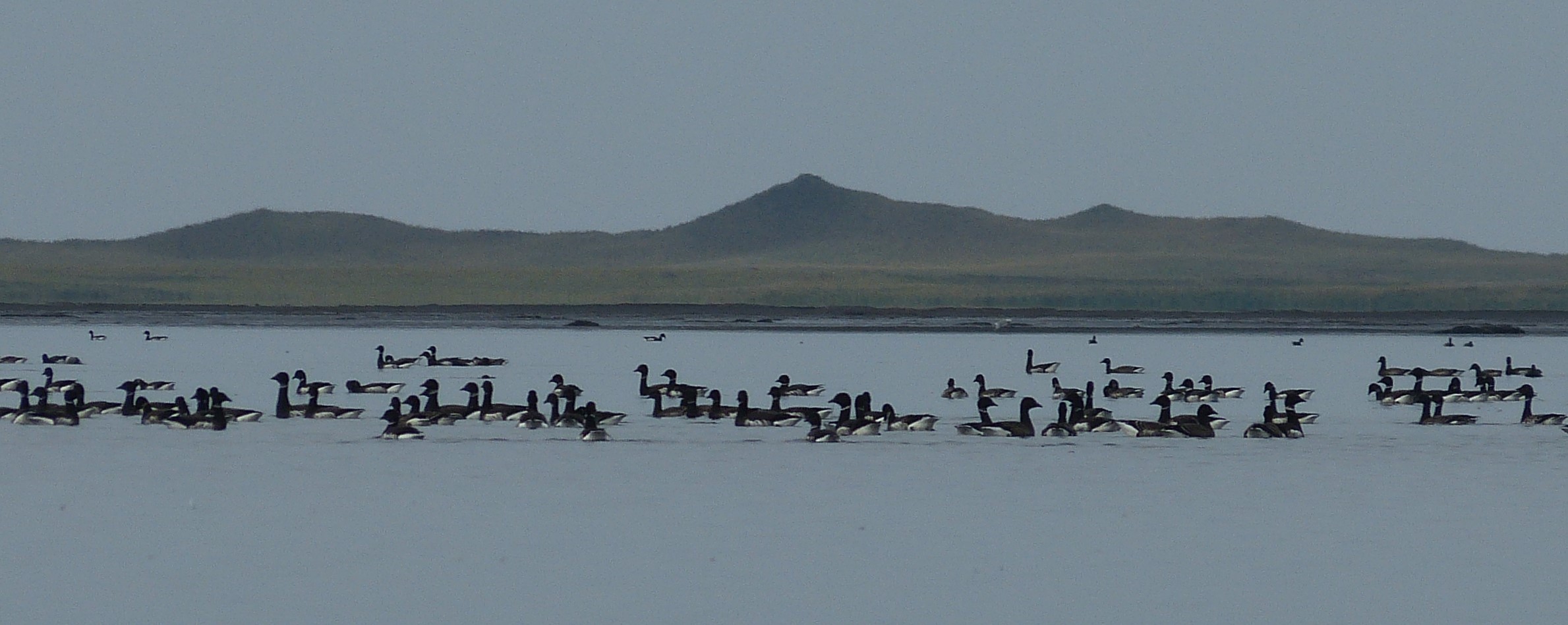
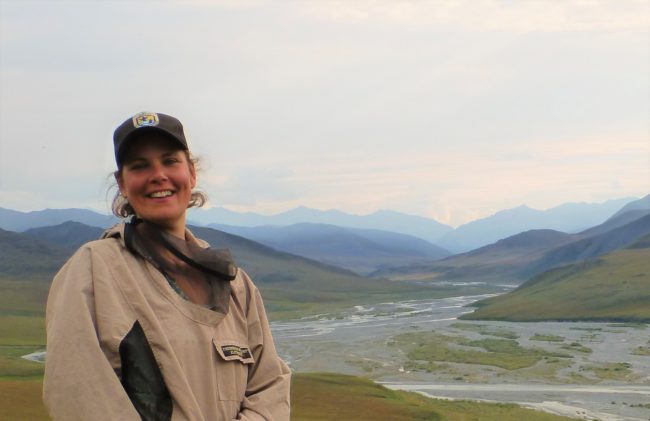
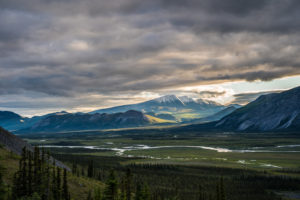 .
.
